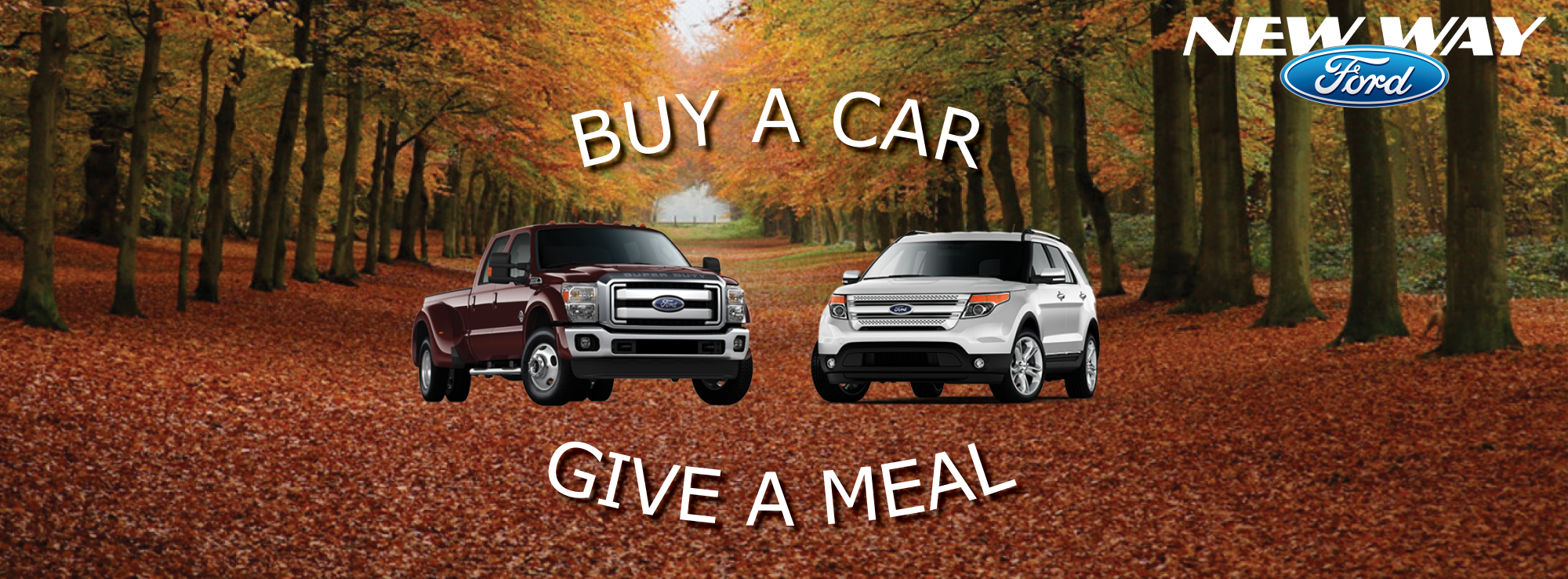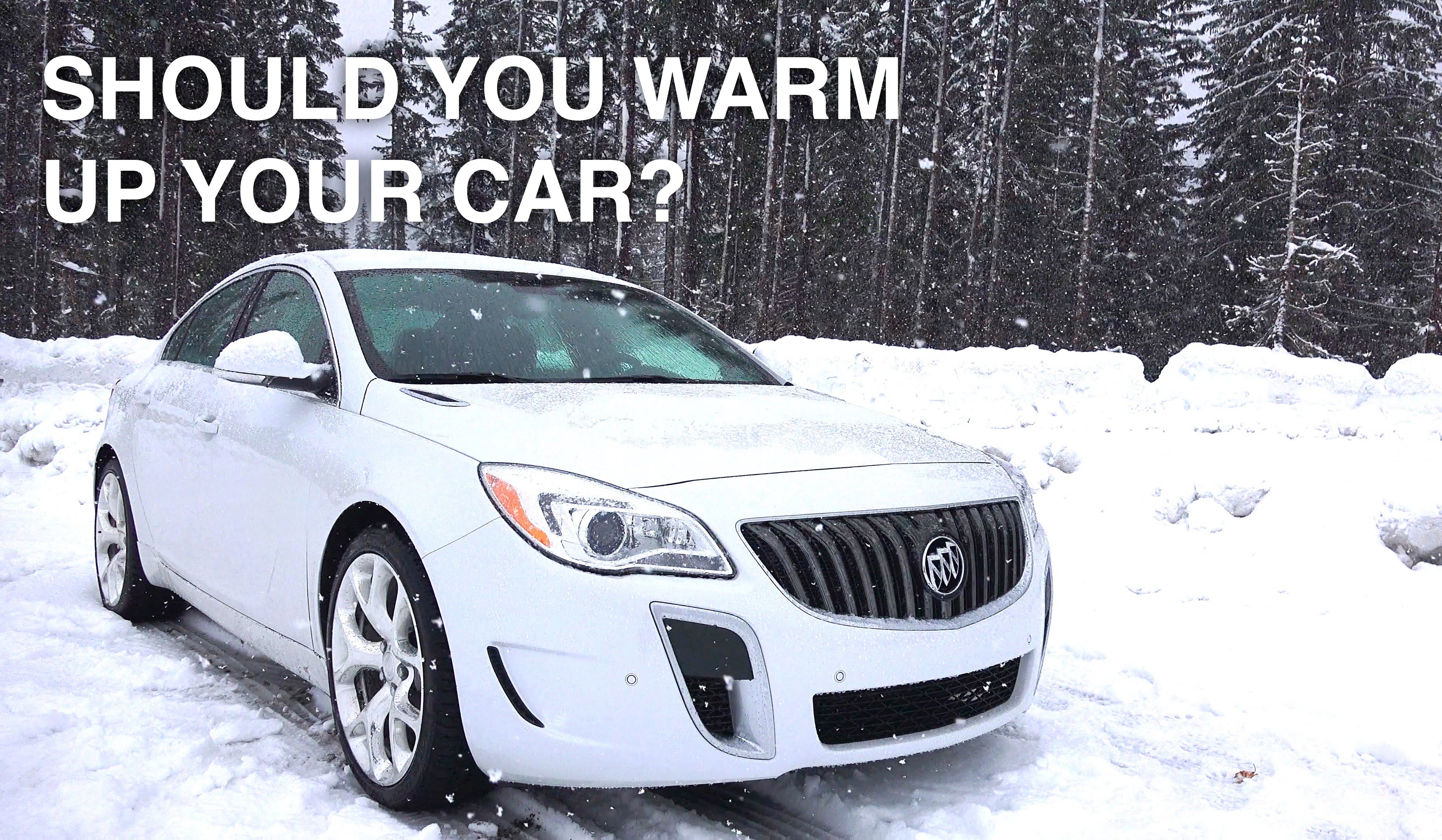In the thick of winter, the common wisdom is that when you are gearing up to take your car or truck out in the cold and snow, you should step outside, start up your engine, and let it idle to warm up. But contrary to popular belief, this does not prolong the life of your engine; in fact, it decreases it by stripping oil away from the engine’s cylinders and pistons.
When your engine is cold, the gasoline is less likely to evaporate and create the correct ratio of air and vaporized fuel for combustion. Engines with electronic fuel injection have sensors that compensate for the cold by pumping more gasoline into the mixture. The engine continues to run rich in this way until it heats up to about 40 degrees Fahrenheit.
The life of components like piston rings and cylinder liners can be significantly reduced by gasoline washing away the lubricating oil, not to mention the extra fuel that is used while the engine runs rich. Driving your car is the fastest way to warm the engine up to 40 degrees so it switches back to a normal fuel to air ratio. Even though warm air generated by the radiator will flow into the cabin after a few minutes, idling does surprisingly little to warm the actual engine. The best thing to do is start the car, take a minute to knock the ice off your windows, and get going.
Of course, hopping into your car and gunning it straightaway will put unnecessary strain on your engine. It takes 5 to 15 minutes for your engine to warm up, so take it nice and easy for the first part of your drive.
If you own a fuel injected vehicle, it is best to let a car warm up for a few seconds and then drive off slowly, that way the engine warms up faster than it would otherwise. If yours has a carbureted engine, it is okay to let it warm up a bit longer.

Visit us on the web at www.newwayford.com
